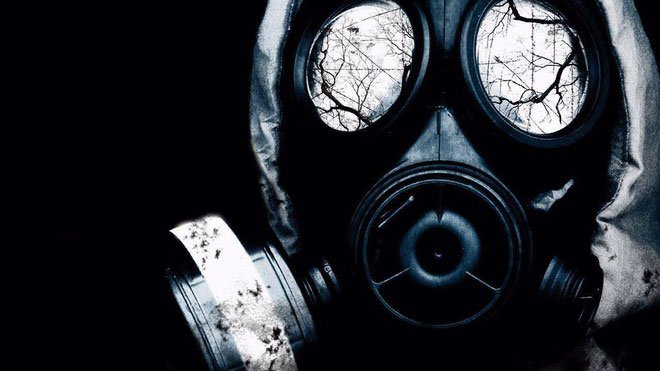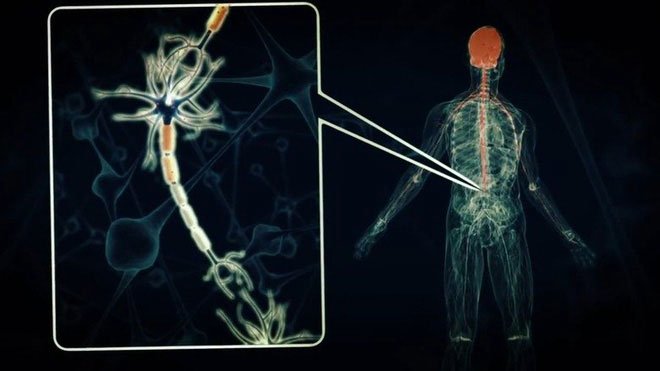Botulinum H: The most terrible natural poison to humans
According to the US National Library of Medicine, 1 gram of botulinum toxin H in an undiluted powder form can kill more than 1 million people . This is a toxin that biological terrorists would love to use because it can be fatal when inhaled.
Up to now, botulinum H is thought to be the most dangerous poison to humans.
With an average lethal dose (LD50) in humans of 1.3 to 2.1 nanograms / kg intravenously (or intramuscularly) and 10 to 13 nanograms / kg when inhaled, botulinum H is the most potent toxin in 8 types of botulinum toxins. Other toxins are denoted by the letters A to G.

Botulinum H is thought to be the most dangerous poison to humans. (Illustration).
The most terrible poison to human botulinum H, was only discovered by scientists from California Department of Public Health in 2013.
When ingested, botulinum H blocks the release of acetylcholine, a chemical secreted by nerves that allow muscles to work.
At that time, the nerve impulses will be stopped, causing the body of the poisoned person to be paralyzed.

This neurotoxin will paralyze the entire human body, causing apnea and death. (Illustration).
After poisoning for a few minutes, the poisoned person will find it difficult to speak, the facial muscles become completely paralyzed, double vision (look 1 to 2), eyelids collapse.

One of the manifestations of botulinum H toxin is amblyopia (visual eye 1 to 2). (Photo: Internet).
The poison then paralyzes the respiratory muscles, making it difficult to breathe and then stop breathing and die if not emergency.
Three type A botulinum (Botox, Dysport and Xeomin) and one type B botulinum (Myobloc) are present in various types of commercial health products and cosmetics. These toxic substances, if used in excess of the permitted doses, can cause blood vessels to disintegrate.

Scientists have not yet found the poison medicine of Botulinum H. (Image: Internet).
So far, despite a lot of research to find out the antidote for botulinum H, scientists have not been able to "neutralize" this natural toxin.
Characteristics of bacteria Clostridium botulinum
The neurotoxic botulinum H is a protein produced by the bacteria Clostridium botulinum.
Clostridium botulinum (C. botulinum) is anaerobic, highly mobile, and anaerobic bacteria (a special form of bacteria) when faced with adverse living environments, such as heat, dryness, and insecticide. bacteria.

Clostridium botulinum bacteria taken under a color microscope. (Photo: Gizmodo).
A terrible feature of this cell is its ability to withstand 1,200 degrees Celsius for 4 minutes.
First described in 1897, C. botulinum bacteria has the ability to produce many types of toxins, of which the neurotoxin is the most dangerous, only 0.03 mg is enough to make 1 person mature death.
C. botulinum usually lives in soil, mud, dirt, fish intestines, cattle intestines. In particular, this bacterium thrives in rancid foods, enclosed environments such as meat and canned fish for long periods.
Prevention
According to the doctor's warning, in order not to get infected with C. botulinum, we absolutely do not eat spoiled food, suspect it is rotten or stored for too long .
In particular, summer is a perfect time for bacteria to multiply, bloom, and housewives should be very careful before buying and using food to avoid being poisoned.
Read the expiry date, carefully review the packaging for canned products. To be sure, boil and heat the canned products thoroughly before eating. Because this bacterium can be destroyed at temperatures above 85 degrees C in 5 minutes (in the case of C. botulinum has not produced spores in time).
Special attention, do not give honey to children under one year of age or younger. Infants become poisoned by ingesting the spores of C. botulinum, so the bacteria invade and grow in the small intestine, which eventually produces toxins, attacking the infant's immature body.
- The danger of Clostridium botulinum bacteria
- Extremely toxic substances are hidden by the scientific world for 40 years
- The most dangerous toxins to humans
- The power of poison
- The 5 most dangerous types of poison in the world
- Discover beautiful flowers but can cause blindness in humans
- 10 worst disasters in US history
- The mystery of the poisonous killing killing more than 600 men, only 4 drops is dead without a trace
- 2012: Many natural disasters, no disasters
- Decode the natural behavior of humans
- List of 14 most dangerous invasive species in the world
- Animals that steal the poison of another species
 'Fine laughs' - Scary and painful torture in ancient times
'Fine laughs' - Scary and painful torture in ancient times The sequence of numbers 142857 of the Egyptian pyramids is known as the strangest number in the world - Why?
The sequence of numbers 142857 of the Egyptian pyramids is known as the strangest number in the world - Why? History of the iron
History of the iron What is alum?
What is alum?